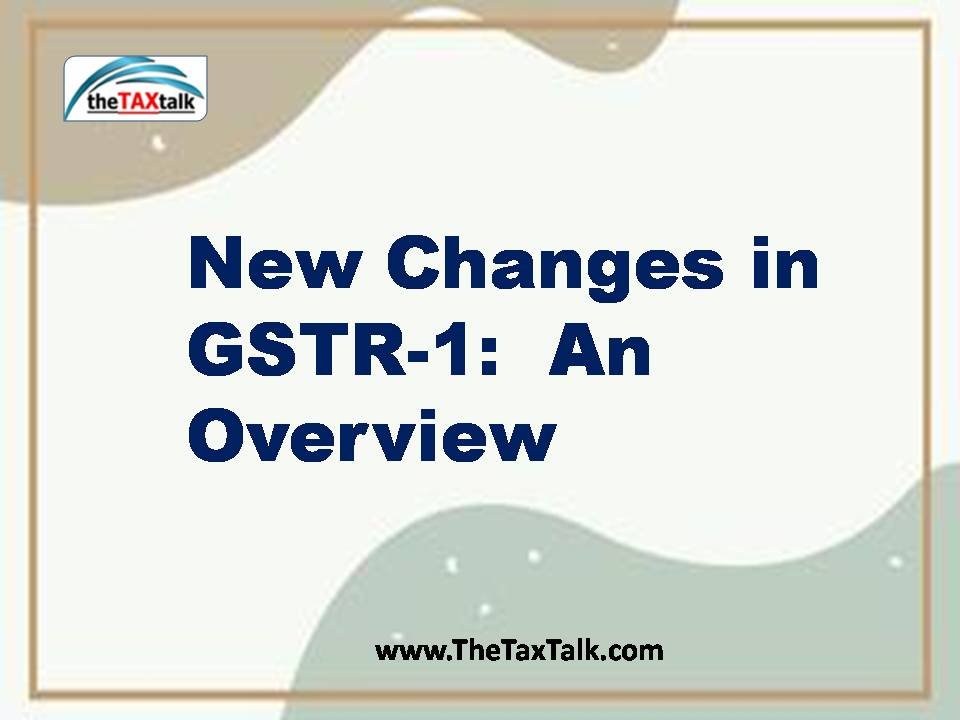Macomber’s constitutional force has weakened with time and subsequent rulings. The case was decided in 1920, in the early years of the modern income tax, and it was the last time that the Court struck down an income tax law as unconstitutional. Since then, the holding has been confined to its facts, and many commentators question whether its constitutional analysis is good law. We may soon get an answer. In Moore v. United States, the Court has been asked to decide whether the Sixteenth Amendment authorizes Congress to tax unrealized sums without apportionment among the states. In that case, the taxpayers rely heavily on Macomber to argue that the constitution prohibits taxation of unrealized gains, contending that realization is an essential component of income. If the Court agrees with the taxpayers, it could have far reaching impacts on structural tax reform, because a constitutional realization requirement would create a barrier to wealth taxation proposals that proponents believe would help fight economic inequality.
But what if Macomber is not about realization after all? According to Professor Alex Zhang, the traditional understanding of Macomber is largely incorrect. Based on a close reading of Macomber and two related lines of cases, Zhang argues that Macomber “is best read as a case turning on the absence of economic income.” If Zhang is right, it would clear the way for potentially radical structural tax reforms. Zhang argues that, under Macomber, the mere presence of economic income “opens the door to constitutional income taxation,” giving the federal government “full power to tax wealth as imputed income.” Zhang’s imputed income tax could be imposed on any “object generative of economic income,” with the valuation left to legislative discretion.
Zhang’s provocative proposal begins with a close read of Macomber that reveals five interpretive models of its limit on Congress’s income-tax power under the Sixteenth Amendment: “(1) Income: The object of taxation must be constitutive of an accretion to wealth; (2) Formal Severability: The taxpayer must receive an asset separate from the initial capital; (3) Functional Severability: The taxpayer must receive liquid gains; (4) Disposition: The taxpayer must dispose of the initial capital; and (5) Control: The taxpayer must gain full control of a new asset.” According to Zhang, the consensus view that Macomber is a case about realization is grounded in the “formal severability” reading.
However, Zhang argues that the formal severability reading is incorrect. He bases his conclusion on a close reading of a series of lease-improvement cases, beginning with Miller v. Gearin and Hewitt Realty. In both cases, a lessee had improved the owner’s property by erecting new buildings, and the question was whether (and when) the owner would be taxable on the increased value attributable to the improvements. In Gearin, the Ninth Circuit held that the improvements were taxable as soon as the building was constructed. In Hewitt Realty, the Second Circuit held that the improvements would only be taxable once the income from the improvement was separately disposable. With the circuits split, the Supreme Court “spoke decisively” in Helvering v. Bruun, when it “held without dissent that the federal government’s power to tax income did not depend on formal severability or disposition.” Since the Bruun taxpayer had expressly relied on Macomber, Zhang cites that case as decisive evidence that the formal severability and disposition readings of Macomber has been abrogated.
Zhang then turns to a line of corporate reorganization cases. Those cases considered the tax consequences of stock distributions that followed corporate reorganizations. Zhang documented a “doctrinal battle” between a proportionate-interest test that corresponded to an income-centric reading of Macomber and a “materially-different-interest” test that focused on change of form. According to Zhang, the battle ended with Helvering v. Sprouse, which “decisively concluded that the proportionate-interest test controlled,” implicitly endorsing the income-centric reading of Macomber. Since “the problem of control never arose as a serious doctrinal concern” in any of the corporate reorganization cases, Zhang argues that those cases “have eliminated the control model” of Macomber.
When the dust clears, Zhang argues that the only readings of Macomber that are still good interpretations of the case are the income-centric model, which focuses on the existence of economic income, and the functional severability model, which focuses on liquidity. Since the functional severability concept was “not reaffirmed as the touchstone of constitutional income in subsequent cases,” Zhang argues that Macomber “is now best read as a case about economic income.” In short, Zhang argues that under Macomber “Congress could tax under the Sixteenth Amendment any object or transaction that was constitutive or generative of an accretion to wealth.” This, Zhang argues, opens the door to novel new tax reforms that would tax the imputed income of any object generative of economic income, thereby producing outcomes similar to wealth taxation.
At minimum, Zhang’s Article is a provocative challenge to the traditional understanding of Macomber. This Article is worth a read by anyone who is following Moore, interested in wealth tax proposals, or simply teaches Macomber to their students. It may not change your mind, but it will definitely give you plenty to think about.
https://taxprof.typepad.com/taxprof_blog/2023/09/weekly-ssrn-tax-article-review-and-roundup-layser-zhangs-eisner-v-macomber-and-the-future-of-the-rea.html




